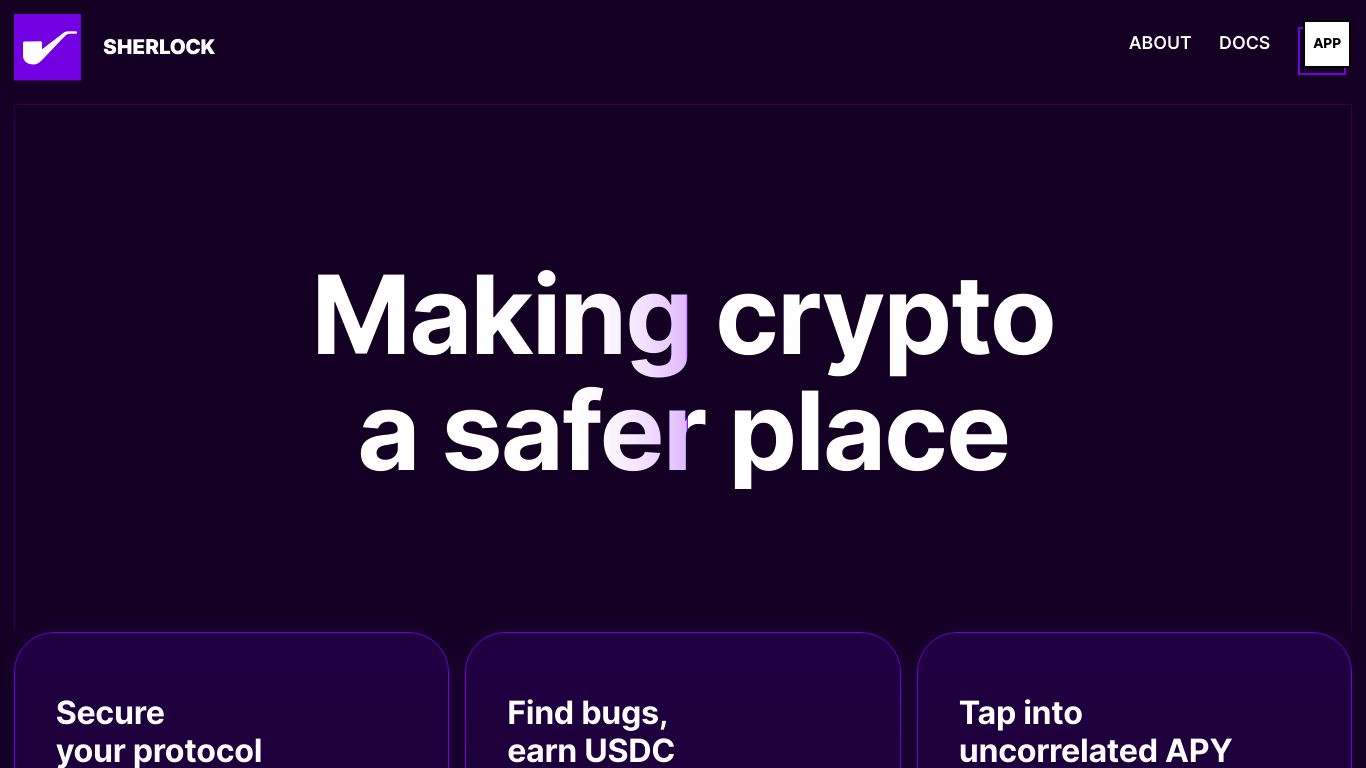
Stablecoin depegs are no longer a theoretical risk, they’re a recurring reality in DeFi. When a stablecoin slips its peg, the fallout can be brutal: liquidity dries up, collateral gets liquidated, and portfolios take a direct hit. In 2022, the UST collapse wiped out billions in value and exposed just how vulnerable even “safe” DeFi strategies can be. If you’re serious about protecting your DeFi assets, stablecoin depeg insurance is now mission-critical.

Why Stablecoin Depeg Insurance Is Essential in 2025
With total value locked (TVL) in DeFi protocols consistently topping $100 billion, the stakes have never been higher. Even blue-chip stablecoins like USDC and DAI have briefly lost their pegs during market shocks or regulatory headlines. For traders, yield farmers, and DAOs alike, a single depeg event can trigger cascading losses.
Depeg insurance isn’t just about peace of mind, it’s about ensuring you stay solvent when the market turns against you. The best providers offer rapid payouts triggered by on-chain price feeds or community governance, letting you recover fast and get back to trading.
The Top 5 Stablecoin Depeg Insurance Providers for Protecting Your DeFi Assets
Top 5 DeFi Insurance Providers for Stablecoin Depeg Protection
-

InsurAce: A multi-chain DeFi insurance protocol offering stablecoin depeg coverage across Ethereum, BNB Chain, Polygon, and more. Known for capital efficiency and low premiums, InsurAce processed over $12 million in claims during the TerraUSD (UST) depeg event.
-

Nexus Mutual: One of the most established DeFi insurance providers, Nexus Mutual offers community-driven stablecoin depeg protection. Members assess claims via a decentralized voting process, and the platform has paid out over $2.7 million in claims to date.
-

Unslashed Finance: This protocol provides tokenized coverage for stablecoin depegs, exchange hacks, and oracle failures. Unslashed Finance stands out for its liquid, flexible policies that users can stop at any time for adaptable risk management.
-

Amulet Protocol: Built on Solana, Amulet Protocol delivers decentralized insurance with a focus on stablecoin depeg protection. It leverages a unique risk-sharing model to offer transparent and efficient claims processing for DeFi users.
-

Sherlock: Sherlock combines smart contract auditing with insurance, protecting DeFi protocols and users from stablecoin depegs and technical exploits. Its coverage is backed by a decentralized claims process and robust security expertise.
Let’s break down what sets these five platforms apart, and why they lead the pack for safeguarding your crypto portfolio against depegs:
1. InsurAce: Multi-Chain Coverage and Capital Efficiency
InsurAce has made waves as one of the most capital-efficient providers on the market. With support across Ethereum, BNB Chain, Polygon, and more, it’s built for users who diversify across ecosystems. InsurAce offers tailored policies for major stablecoins, USDT, USDC, DAI, and leverages pooled risk to keep premium costs low. Notably, during the TerraUSD (UST) meltdown in May 2022, InsurAce processed over 150 claims and paid out approximately $12 million to affected users, a real-world proof point that this coverage works when it matters most.
Claims are handled through a mix of automated triggers and decentralized governance. Users can buy coverage directly through their dApp interface with no KYC required for most products, making it accessible to both retail traders and institutional players looking to hedge systemic risk.
2. Nexus Mutual: Decentralized Claims Process with Proven Payouts
Nexus Mutual is often considered the gold standard for decentralized insurance in crypto. Their approach is unique: members pool funds by holding NXM tokens and collectively assess claims via voting. This model creates strong incentives for honest claim assessment while keeping everything transparent on-chain.
Nexus Mutual covers smart contract exploits as well as specific stablecoin depegs, so if your favorite protocol or asset goes sideways due to an off-peg event or code vulnerability, you’re protected on multiple fronts. The protocol has an established track record too; after high-profile incidents like Yearn Finance’s hack in 2021 (with over $2.7 million paid out), Nexus demonstrated its ability to deliver timely compensation even under stress.
3. Unslashed Finance: Liquid Coverage and Flexible Policies
Unslashed Finance stands out with its tokenized coverage model, meaning your policy itself is liquid and tradable at any time on secondary markets. This design lets users exit positions early if needed or quickly rebalance their insurance exposure as market conditions change.
The platform covers risks ranging from exchange hacks to oracle failures, but its robust offering around stablecoin depegs is what draws serious DeFi users seeking dynamic protection without getting locked into rigid policy terms.
The Next Generation: Amulet Protocol and Sherlock Enter the Arena
The landscape isn’t static, new players continue to push boundaries around product design and claims automation:
- Amulet Protocol: Focusing on risk models powered by actuarial science and advanced data analytics for more precise pricing of depeg coverages across Solana and EVM chains.
- Sherlock: Bringing together security auditing with parametric insurance triggers, so payouts are swift when pre-defined loss conditions (like a price deviation threshold) are met.
This new breed of protocols aims to close coverage gaps left by earlier solutions while keeping premiums competitive through better capital management strategies.
Choosing between these platforms isn’t just about price or brand recognition. It’s about aligning your risk profile with the right coverage structure, payout mechanism, and ecosystem integration. Let’s drill into the key differentiators so you can make an informed move.
How to Choose: Key Factors for Depeg Insurance Selection
Here’s what matters most when picking a stablecoin depeg insurance provider in 2025:
- Coverage Breadth: Does the platform support all your core stablecoins (USDT, USDC, DAI) and cover both partial and full depegs?
- Payout Speed: Are claims processed automatically via smart contracts (like Sherlock’s parametric triggers), or do they require community votes (as with Nexus Mutual)? Faster payouts can be critical in volatile markets.
- Premium Structure: InsurAce and Amulet Protocol often lead on capital efficiency, but premium costs can fluctuate based on TVL and risk pool dynamics. Compare rates regularly.
- User Experience: Platforms like Unslashed Finance excel at flexibility, tokenized policies mean you’re never locked in longer than you want to be.
- KYC and Accessibility: Some protocols require KYC (Nexus Mutual), while others are fully permissionless. Consider your privacy and compliance needs.
Maximizing Protection: Best Practices for DeFi Users
If you’re actively farming yields, providing liquidity, or managing DAO treasuries, stablecoin depeg insurance should be a core pillar of your risk stack. Here’s how to optimize your setup:
- Diversify Your Coverage: Don’t rely on a single provider, spread policies across InsurAce, Nexus Mutual, and emerging players like Amulet Protocol to hedge against protocol-specific risks.
- Monitor Stablecoin Health: Use real-time dashboards to track peg status; act fast if volatility spikes or premiums rise suddenly.
- Review Policy Terms Regularly: Coverage conditions evolve. Check for new exclusions or updated payout thresholds after major market events.
- Integrate With Portfolio Tools: Many protocols now offer API access, connect your coverage directly to portfolio trackers for instant visibility on insured vs. uninsured assets.
The Bottom Line for 2025
The era of shrugging off stablecoin risk is over. As the DeFi ecosystem matures and regulatory scrutiny intensifies, smart investors are proactively insulating themselves from tail risks like depegs. The top five providers, InsurAce, Nexus Mutual, Unslashed Finance, Amulet Protocol, Sherlock, are setting new standards for transparency and reliability in crypto asset insurance. Their innovation is making it easier than ever to protect capital without sacrificing yield or flexibility.
If you want a deeper dive into how these policies work under the hood, and what triggers payouts during real-world events, check out our guide: How Stablecoin Depeg Insurance Works: A Guide for DeFi Users.
The next time volatility strikes and a major stablecoin wobbles off its peg, those who planned ahead with robust depeg protection will be the ones still standing, and ready to capitalize on new opportunities while others scramble to recover.






